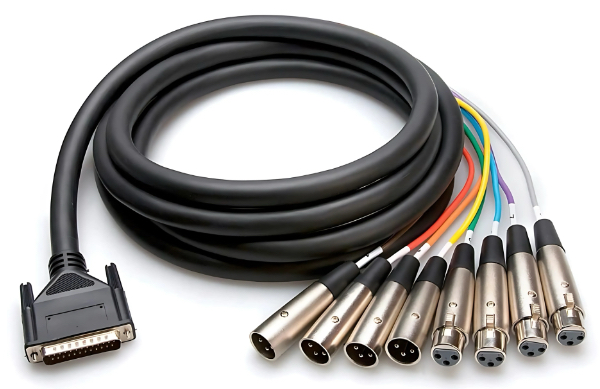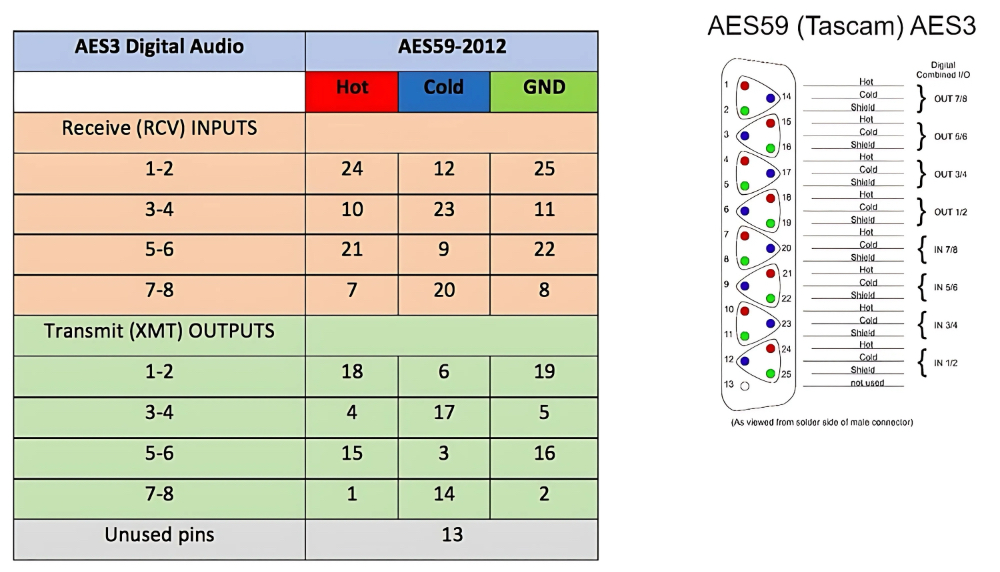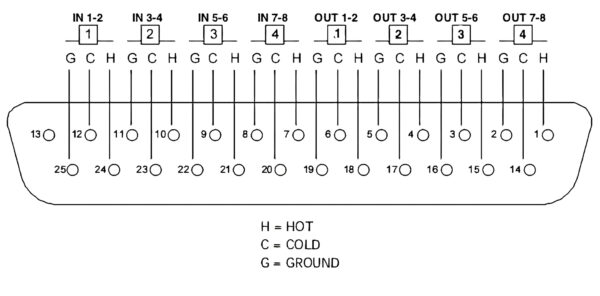AES3 (AES/EBU) – User & Setup Guide for Digital Audio Connections
AES3, often called AES/EBU, is a professional standard for sending digital audio between devices such as DACs, mixers, CD players, and amplifiers. Instead of sending sound as an analog signal, AES3 transmits it as digital data, ensuring that your sound remains clean, accurate, and free of noise or interference.
Why Use AES3?
AES3 is common in studios, live sound, and high-end home systems because it provides:
- Pure sound quality — no analog distortion or hum
- Long cable runs — up to 100–300 meters without signal loss
- Professional reliability — accurate clocking and synchronization
- Universal compatibility — works with most pro-audio gear
To set up an AES3 connection, you’ll need:
- An AES3 (110-ohm) XLR cable. It looks like a microphone cable but has 110-ohm impedance.
- Matching sample rates. Both devices must use the same sampling rate (e.g. 48 kHz, 96 kHz). Most devices detect and sync automatically. One device acts as the clock master, the other as slave. Usually, the output device is the master.
AES59
AES59 defines the pin-out and wiring standard for AES3 digital audio signals when transmitted over DB25 (D-sub) connectors. It ensures that multi-channel AES3 connections (typically 8 channels in and 8 channels out) are interoperable between different manufacturers’ equipment — such as audio interfaces, consoles, and recorders.
- Connector type: DB25 (25-pin D-sub)
- Standardized mapping: Matches the TASCAM analog DB25 pinout, but carries digital AES3 signals instead of analog audio.
- Purpose: Provides a consistent way to connect multiple AES3 channels through a single cable.
AES - Each DB25 port carries 8 channels (4 stereo pairs), so two DB25 connectors provide up to 16 channels of AES3 digital audio


